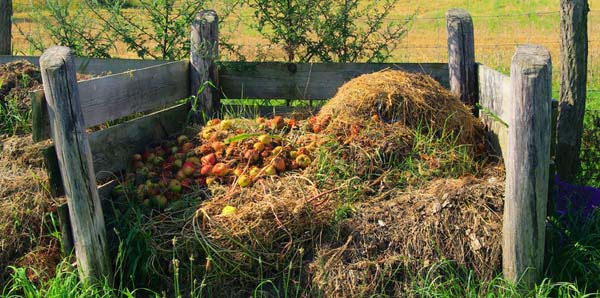Every day, we throw out all kinds of food scraps that we think are garbage. While many of these scraps are considered useless, they can in fact be put directly into your gardens! Non-Composters unite for these nifty tips to recycle kitchen scraps!
Eggshells
- Use the empty shells as a place to start your seedlings! Once the seedlings become large enough to plant in the ground, gently crack the eggshell and place the entire egg into the ground.
- Crushing eggshells can be used as a fertilizer in your garden. The eggshells add calcium to the soil, creating a strong place for plants to grow.
- Eggshells can also be used as a pest deterrent. If there is a slug problem in your garden, crushed eggshells can do the trick. By creating a ring of crushed eggshells around your garden that is 1/4-inch thick and 2-inches wide, slugs and snails will be discouraged.
Coffee Grounds
- Just as Eggshells can be used to keep away slugs and sails, so can coffee grounds. However, coffee grounds can be also used as mulch to keep away cats, rabbits and squirrels.
- For a less-smelly option, coffee grounds can be worked into the soil. They are welcome around onions, lettuce, corn, and other nitrogen loving plants.
- If putting the grounds directly into or onto the soil doesn’t sound like you, by adding the grounds to water and watering the garden with that it also adds nitrogen.
Banana Peels
- Banana peels can be used to create a trap for yellow jackets, you can read more about that here.
- By burying small pieces of banana around your plants, it will deter aphids. However by small, you have to have tiny pieces, if you plant the whole peel you will attract larger pests.
- By adding banana peels to water (just like the coffee grounds) you will be able to water your plants with nutrient full water.
Orange Peels
- Scattering small pieces of orange peel around the garden, will keep cats away, and also small aphids and ants. To keep the smaller pests away, use grated peel or shredded peel.
- Dried orange peels can be used as a fire starter, and create an aromatic atmosphere.
- By rubbing the peels directly to the skin, it can be used as a mosquito repellant. \
Thank you Lindsay-Jean Hard from Food52.com for the original information. You can read more here.



